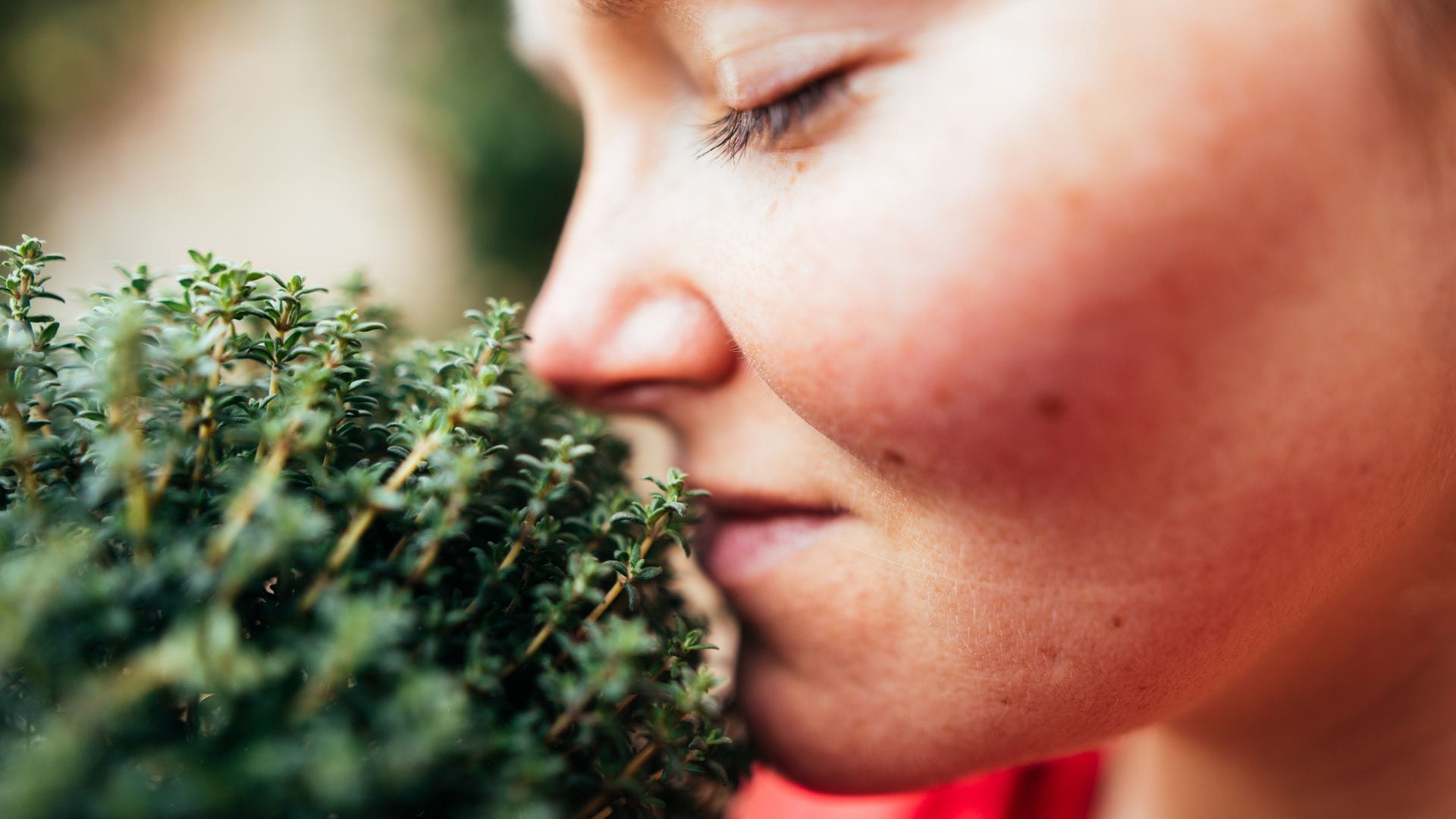Thyme is one of the most versatile aromatic plants: hardy, easy to grow, and full of fragrance. Beyond its culinary uses, it can transform your garden or balcony into a charming and aromatic space.
Whether you grow it in the ground or in pots, this guide will walk you through everything you need to know about cultivating thyme at home.
1/10
Native to the Mediterranean
Thyme (Thymus vulgaris) belongs to the Lamiaceae family. Originally from North Africa and Southern Europe, it thrives in the Mediterranean climate. While it was first cultivated for medicinal purposes, it is now one of the most beloved culinary herbs.
This small, bushy plant grows between 8 and 16 inches tall and blooms in spring, from March to June, with clusters of tiny white or pink flowers. Aside from its kitchen value, its intense fragrance makes it a delight to have at home.
2/10
Finding the Perfect Spot
For successful growth, thyme needs a sunny location, ideally with at least six hours of direct sunlight per day. Like most aromatic herbs, it thrives in warm, dry conditions.
If planting multiple thyme plants, leave about 20 inches between each one. You can also combine thyme with other Mediterranean herbs such as rosemary (Rosmarinus officinalis) and lavender (Lavandula angustifolia).
3/10
The Best Season to Plant Thyme
Thyme should be planted when it’s not too cold. The ideal seasons are spring, once frost has passed and the weather warms up, or fall, provided winter has not yet arrived. The goal is to give the plant enough time to establish before facing temperature extremes.
4/10
Choosing the Right Soil
Thyme requires dry, well-drained soil. Use organic potting mix enriched with nutrients to support growth. Slightly alkaline soil with a pH between 7.0 and 7.5 is best. Avoid acidic soils, which prevent proper development.
5/10
Growing Thyme from Seeds
If you decide to grow thyme from seed, patience is key; it takes 2 to 4 weeks to germinate. Here’s how to do it:
- Step 1: Prepare the soil by loosening it lightly in a sunny area. Thyme can be sown directly in the ground without seed trays.
- Step 2: Scatter the tiny seeds on the soil surface; do not bury them. At most, add a very thin layer of soil. Thyme seeds need light to germinate.
- Step 3: Keep the soil moist but never waterlogged. Seeds usually sprout within three weeks.
6/10
Propagating Thyme from Cuttings
Another easy way to multiply thyme is through cuttings.
- Step 1: Cut a healthy 6-inch sprig with disinfected scissors.
- Step 2: Place it in a container filled with universal potting soil.
- Step 3: Once it develops roots, transplant it into the garden or a larger pot.
- Step 4: Water generously, but avoid waterlogging. Once established, thyme requires little watering.
- Step 5: If growing in pots, place them in a sunny location.
Bonus tip: You can also propagate thyme by carefully dividing the root ball and replanting the sections separately.
7/10
Growing Thyme in Pots
For regions with harsh winters, growing thyme in pots is ideal. This way, you can bring the plant indoors during cold spells. Choose a well-drained universal mix designed for Mediterranean or aromatic plants.
Bonus tip: Use clay pots, which improve drainage as water evaporates more easily. Opt for plants at least 8 inches tall, since thyme develops deep roots.
8/10
Caring for Thyme
Thyme is low-maintenance and thrives in dry conditions. It does not tolerate excess water, so avoid overwatering, which can cause fungus.
- In summer: Water every 15 days.
- In winter: Once a month is enough.
With proper care, thyme remains strong, fragrant, and long-lasting.
9/10
Thyme Varieties to Grow at Home
While common thyme (Thymus vulgaris) is the most popular for cooking, there are other attractive varieties:
- Lemon Thyme (Thymus citriodorus): Green foliage with yellow tones and a citrus aroma.
- Creeping Thyme (Thymus serpyllum): Ideal as a groundcover; blooms in summer with small pink flowers.
- Thymus praecox ‘Red Carpet’: A creeping variety with abundant dark pink flowers from May to September.
10/10
Common Pests
Though hardy, thyme can sometimes be attacked by:
- Red spider mites: They weaken the plant by sucking sap from stems and leaves. Look for small spots or mites on the undersides of leaves.
- Aphids: These also feed on sap, leaving plants weakened and dry.
Bonus tip: Use natural remedies like potassium soap or neem oil to keep your thyme pest-free without chemicals.
